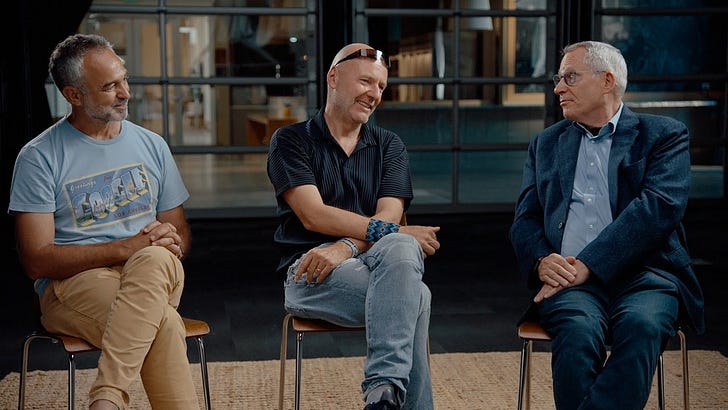The Error Correction Zoo and Google's quantum chip Willow
Google announced Willow, its 105-qubit quantum chip:
Based on what I’ve read from Aaronson’s blog, the arxiv preprint that describes what Willow is, dates from a few months ago.
The release is mostly a naming thing and the theoretical progress comes from the error correction from the link. I assume it’s hard to assess Willow’s practical value in daily life without offending the people building it while being intellectually honest to laymen.
What can be said from what I’ve seen is that the timeline of QC progress is steady and that Willow (like it’s predecessor, Sycamore) can run some operations (not as simple as like addition or substraction, closer to “is this gigantic file of random numbers produced by a natural coin flip or a fake one?”) that your gaming PC can’t in many years 😊
I’m by no means a QC expert, just a habitual reader of LessWrong-related blogs (and I blog myself to improve my knowledge and store it for later use) and my concept of a QC in the real world would look like a “boring” lab circa the year 2040 where a pharmaceutical company gets a contract to develop a patent for a pharmaceutical and uses a quantum computer. It’s not as sexy as Richard Feynman describes it.
The obsessive part of my brain noticed something new that’s related to quantum computers: the error correction zoo — which is beginning to get some maintenance work in this month!
It’s available on https://errorcorrectionzoo.org/ and editable on https://github.com/errorcorrectionzoo/eczoo_data/:

From what I’ve seen professors and researchers don’t remember things like specific details for an ECC in practice because there’s no incentive to (unless they are teaching/using them in that particular time). You can think of the online zoo as an informal encyclopedia of ways to correct errors in messages.
Analogous to how veterinarians take care of animals in normal zoos, the “vets” of the error correction zoo take care of all the error-correcting codes.
What makes the zoo interesting, and related to why quantum computers don’t work well in practice yet, is that error correction (at scale) is still an unsolved challenge for quantum computing. Creating a classical bit is easy: anything that can store true/false over time is good.
Creating a qubit, is, well harder, but not impossible — think of any quantum phenomenon from HS physics intro like light polarization and you can represent a quantum state — that’s a physical qubit. But, nature loves to fiddle with quantum states and break them via noise — so your physical qubit isn’t reliable. And we have to find ways to fix them.

The ECC zoo is maintained by Victor V. Albert from NIST, Philippe Faist from Caltech and many others. I don’t know the specifics of the error correction that Willow uses, but the core idea is the Kitaev surface code introduced in 2003. Once you have enough noisy qubits in the real world which we will call physical qubits, we you arrange them in a square grid and use some of them for redundancy Kitaev’s code and get logical qubits. In theory, f you have enough logical qubits (which we unfortunately don’t with Willow), you can run the Shor’s algorithm that appears in movies. But — one day.
You can read this excellent Quanta Magazine on Google’s Willow progress, as well as error correcting codes here: https://www.quantamagazine.org/quantum-computers-cross-critical-error-threshold-20241209/
P.S. The ECC Zoo can be cited as:
@book{ErrorCorrectionZoo,
title={The Error Correction Zoo},
year={2024},
editor={Victor V. Albert and Philippe Faist},
url={https://errorcorrectionzoo.org/}
}It is inspired by the related “CS zoo” called Complexity Zoo started in 2002 that contains 500+ classes from complexity theory:






